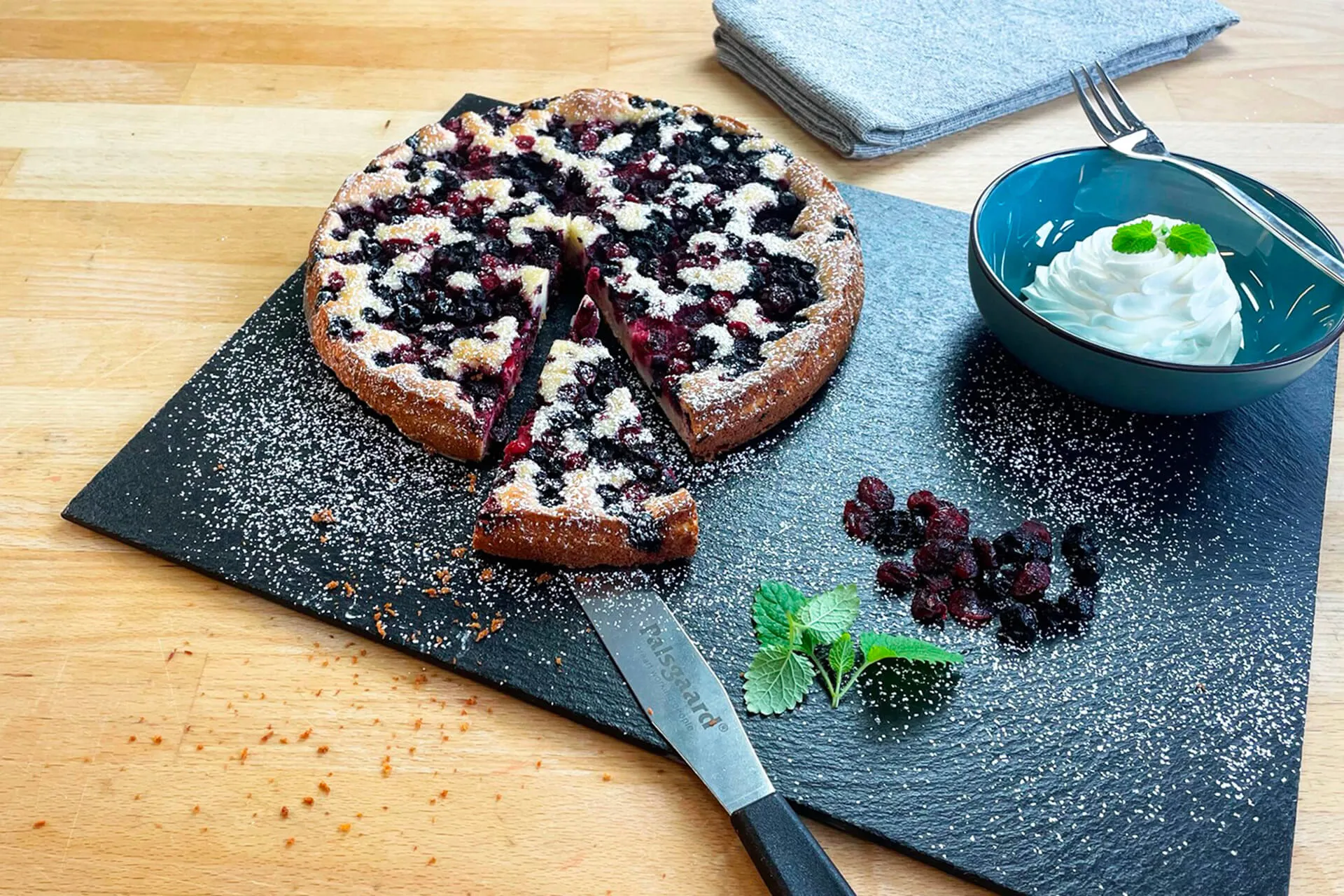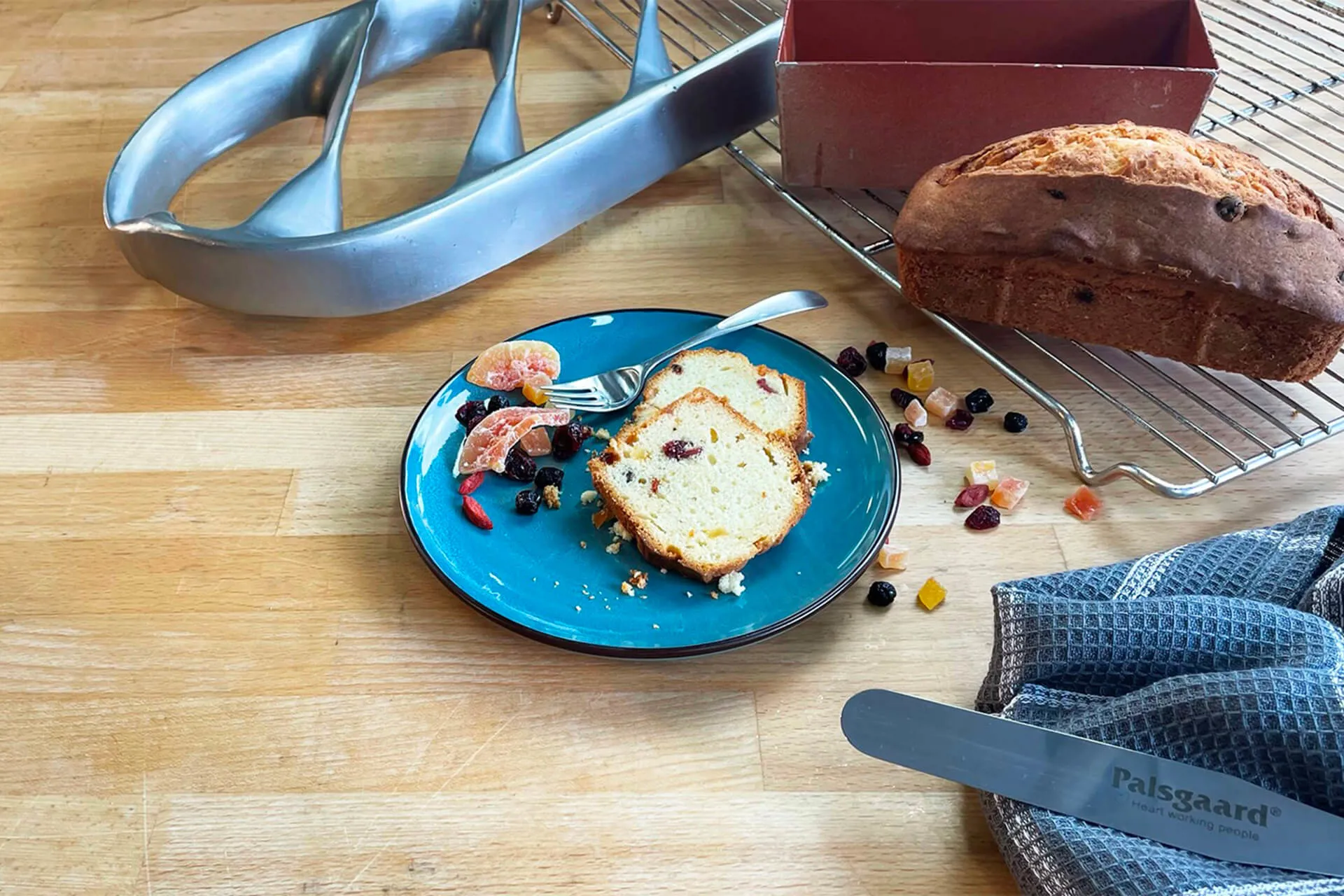
TECHNICAL ARTICLE
FEATURE ARTICLE
Today’s powdered emulsifiers have a lot to offer cake producers, explains Arne Pedersen, Regional Application Manager at Palsgaard.
Invented close to 40 years ago, activated powdered emulsifiers are unlike ordinary food ingredient emulsifiers. While the latter are usually carried on shortening, powdered emulsifiers are activated on starch in a highly sophisticated extrusion process. As a result, they offer several benefits to industrial cake manufacturers, including optimized quality, moistness, mouth-feel, shelf-life and production performance. Here are 10 reasons why powdered emulsifiers typically outperform other forms:

Compared with cake gels, shortenings and other emulsifiers in paste form, powdered emulsifiers simplify production, reducing the number of processing steps. No pre-hydration or pre-emulsification is needed, which means they can be added directly to the cake batter in a fully automated process. As a result, adding powdered emulsifiers such as Palsgaard® SA during cake production requires only a few minutes of preparation.
Powdered emulsifiers have a higher emulsifier content than typical cake gels, which means lower dosages are required to achieve high-quality results.
Powdered emulsifiers act very rapidly in a cake batter, enabling you to accelerate output on your production lines. This extra speed is primarily achieved as a result of the dispensing process. A 20kg bag of powdered emulsifier boasts a surface area as large as six football fields – which translates to fast dispensing, uptake and incorporation of air.
No one likes a failed production batch. They’re hard on the bottom line and can delay deliveries to your customers. Powdered emulsifiers make potentially contradictory or undesirable effects less likely to occur – and far easier to manage if they do. That’s because they comprise just one active emulsifier and one food ingredient – rice flour – keeping everything simple.
Scraping cake gel emulsifier residue out of a container can cause delays and there’s always a little left inside that you can’t get to, which usually ends up being thrown out. By contrast, powder can’t wait to escape from the bag – with only the tiniest of amounts left behind. It’s worth noting that powdered emulsifiers also take up less storage space, partly because less is needed for the same results and partly because the bags they are packaged in stack more easily than buckets of gel.
Why list more ingredients on your label than you need to? With one active emulsifier and one food ingredient, powdered emulsifiers will leave plenty of white space on-pack to please consumers, health authorities and lobbyists.
What if your R&D department could cut down on the time it takes to develop new products? With powdered emulsifiers this is possible. They are unique in that they can be used to make just about anything, with a built-in ability to handle challenges such as low-fat, low-sugar, high temperatures and more. With this level of versatility, it’s like having the Swiss knife of emulsifiers to hand. Furthermore, because the same powdered emulsifier works in many different types of cakes, procurement is simplified, too.
Powdered emulsifiers represent a big win for the environment. Why? Answering that requires a list-within-a-list:
In powdered emulsifiers, the active whipping component is fixed to the starch particles during the extrusion process. This makes them extremely stable in storage. In fact, a powdered emulsifier is likely to remain useful – without any refrigeration – for as long as 18 months. This delivers plenty of upsides. For example, it means you can purchase larger volumes of powdered emulsifiers, enabling you to buy when pricing is favourable and to avoid seasonal variations in gel quality. You’re also less likely to have to dump old stock if you’ve misjudged demand. The extremely hot 2023 summer in the USA and in Europe, for example, reduced demand for cakes and caught plenty of bakers off-guard.
The food industry, under pressure from consumers and regulators, has been working hard to eradicate partially hydrogenated oils due to the health risks associated with them. In this respect, powdered palm oil-based emulsifiers are a great option for cakes. They make it easy to create a non-PHO recipe with a very similar mouthfeel and texture to the PHO-containing original. Powdered emulsifiers work extremely well with liquid oils, resulting in PHO-free cakes that are even more delicious but also low in saturated fats.
The benefits realized when using activated, powdered emulsifiers in cakes will, of course, depend on the recipe, processing conditions and individual ingredient pricing. But with so many advantages over traditional emulsifier gels, it is well worth investigating their potential.

TECHNICAL ARTICLE

TECHNICAL ARTICLE

TECHNICAL ARTICLE

FEATURE ARTICLE

FEATURE ARTICLE

EMULSIFIERS EXPLAINED

TECHNICAL ARTICLE